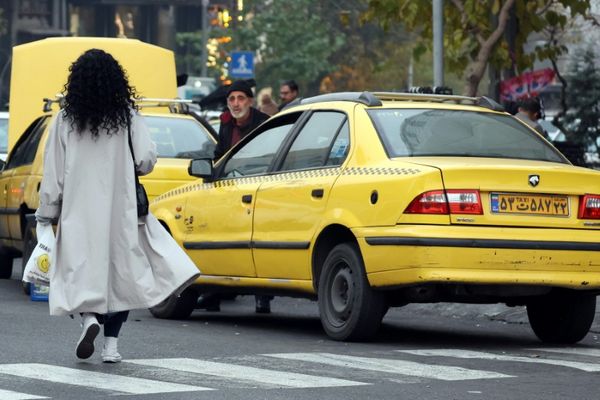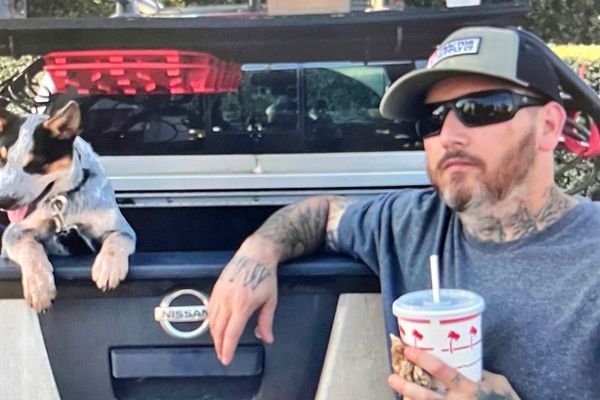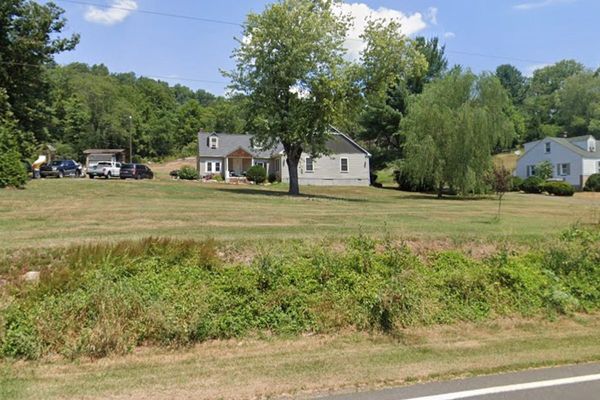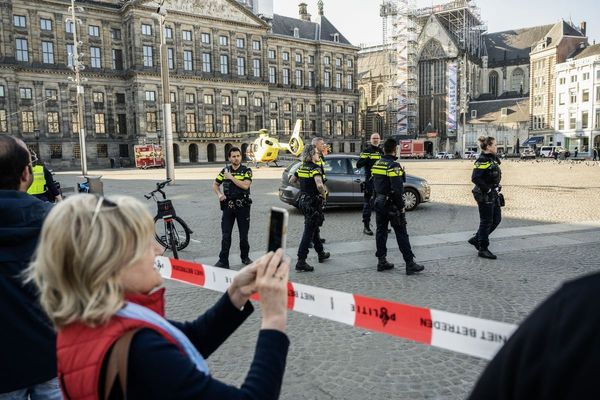
NEW DELHI: Retail price of petrol and diesel are made up of mainly 3 components - base price (reflecting cost of international oil), central excise duty and state tax.
In fact, Central and state taxes form a major chunk of the price of petrol and diesel in India.
While, excise duty is constant for all over India, state taxes (sales tax and value added tax) vary depending upon the rates levied by different state governments.
These taxes make fuel even most costlier for consumers. Record high fuel prices across the country have been a major point of debate since long.
In November last year, the Centre had slashed excise duties on both petrol and diesel to bring some relief to end-use customers. Excise duty was reduced by Rs 5 per litre on petrol and Rs 10 per litre on diesel.
However, the price reduction varied across states due to differences in VAT rates. States with higher VAT witnessed slightly higher reduction in pump prices.
Taking a cue from the Centre, many state governments like UP, Gujarat, Karnataka, Goa, Uttarakhand, Assam, Manipur, Tripura and Bihar reduced VAT on fuel.
Meanwhile, states like Maharashtra, West Bengal, Telangana, Andhra Pradesh, Tamil Nadu, Kerala -- all ruled by different opposition parties -- decided to continue with the existing VAT rate.
In a meeting with state chief ministers convened on Wednesday, Prime Minister Narendra Modi invoked cooperative federalism and urged opposition ruled states to provide consumers relief from high fuel prices by reducing VAT, in tandem with Centre's excise duty reduction.
“Many states like, Maharashtra, West Bengal, Telangana, Andhra Pradesh, Tamil Nadu, Kerala, Jharkhand did not agree to our request for some reason or the other, and the burden on the people of these states continued,” he said.
PM Modi cited the example of states which decided to reduce VAT. He said states that reduced VAT on petrol and diesel (by Rs 5 and Rs 6 a litre, respectively) are estimated to have forgone revenue of around Rs 16,000 crore between November and March.
Even the Centre is seen to have taken a monthly hit of around Rs 8,700 crore as it lowered excise duty on petrol by Rs 5 a litre and on diesel by Rs 10 a litre.
On one hand, states like Gujarat and Karnataka lost over Rs 4,000 crore and Rs 5,000 crore respectively since November.
While, on the other hand, PM said that 7 states are seen to have pocketed around Rs 12,000 crore during November 2021 - March 2022 with Tamil Nadu (Rs 2,420 crore), Telangana and Andhra Pradesh (around Rs 1,450 crore each) being among the top gainers.
Fuel prices remained constant after Centre's excise duty reduction. However, a recent surge in global crude oil prices owing to the war between Russia and Ukraine led to corresponding hike in price of petrol and diesel in India too. Prices were hiked after a freeze of 137 days.
Retail rates of petrol and diesel are governed by international prices as India depends on imports for meeting 85 per cent of its oil needs.
In 16 days, from March 22 to April 6, fuel prices were hiked by Rs 10 per litre. However, prices have not been revised since then and have remained constant.
Nevertheless, record high prices of both petrol and diesel have remained a cause of concern for people.
How prices are calculated
At present, a litre of petrol costs Rs 105.41 in Delhi, while diesel is priced at Rs 96.67 per litre.
Mumbai is dealing with one of the steepest fuel prices across the country with petrol costing Rs 120.51 a litre and diesel at Rs 104.77 per litre.
Similarly, petrol costs Rs 110.85 in Chennai and Rs 115.12 in Kolkata.
Let's take the example of Delhi to understand how oil marketing companies (OMCs) arrive at the final price.
As per Indian Oil website, the base price of petrol in Delhi is Rs 56.32 per litre. Adding the freight and other charges of Rs 0.20, the price charged to dealers comes out to be Rs 56.52. This is the actual base price for petrol in Delhi.
To this, excise duty of Rs 27.90, dealers commission Rs 3.86 and VAT of Rs 17.13 is added. Calculating this, we get the retail selling price of petrol in Delhi as Rs 105.41.
Similarly, for diesel the base price in Delhi is Rs 57.94 per cent. Adding freight and other charges, the price charged to dealers becomes Rs 58.16.
Further, adding excise duty of Rs 21.80, dealer commission of Rs 2.59 and VAT of Rs 14.12, the retail selling price of diesel in Delhi comes out to be Rs 96.67 per litre.
However, prices differ across states as VAT rate charged by state government vary widely.
Central excise duty is fixed at Rs 27.9 per litre.
Which state levies most tax
Andhra Pradesh, Assam and Telangana have the highest VAT rate among all other states. Even in Maharashtra, rates are high.
According to Stats of India, Maharashtra pays the highest share of state tax on petrol, followed by Andhra Pradesh, Telangana, Rajasthan and Madhya Pradesh. In Bihar and Kerala too, state taxes are at Rs 50 per litre.
In fact, data by Stats of India showed that in 7 states namely, Maharashtra, Andhra, Telangana, Rajasthan, Madhya Pradesh, Kerala and Bihar, half of what a consumer pays is collected as tax.
Interestingly, in Maharashtra, Andhra and Telangana the share of state's tax is higher than what is paid by them as central excise duty.
How much govt earns
Central excise and state VAT make up for almost half of the retail selling price of petrol and diesel.
In spite of lower sales due to the pandemic, the Centre’s tax collection from petrol and diesel in 2020-21 spiked 88 per cent to more than Rs 3 lakh crore.
The Centre had raised excise duty by Rs 13 per litre on petrol and Rs 16 on diesel between March-end and May 2020 when oil prices crashed due to the pandemic.
For the 9 months of fiscal year 2021-22, Centre's excise duty collection stood at Rs 2.62 lakh crore, data given by Petroleum Planning and Analysis Cell (PPAC) showed.
While, Rs 1.89 lakh crore was collected in form of VAT by all state governments taken together.
Maharashtra contributed the maximum amount in VAT collection, followed by Uttar Pradesh, Gujarat, Tamil Nadu.
Centre shares 42 per cent of its revenue with states.
Both Central and state governments rely a lot on revenues collected from fuel taxation.
What state CMs said
Kerala finance minister K N Balagopal said the increase in petrol and diesel rates was due to the cess and surcharge levied by the Centre.
He further said the reason for rise in fuel prices was not due to increase in state taxes, but the cess and surcharge levied by the Centre on sale of petrol and diesel which amounts to cutting into the state's share of the revenue from petroleum products.
Maharashtra's chief minister Uddhav Thackeray's office issued a statement saying, "It is not correct that prices of petrol and diesel are going up because of the state government's VAT." Thackeray stated.
West Bengal chief minister Mamata Banerjee said that her government has spent Rs 1,500 crore in the last 3 years to subsidise petrol and diesel prices in the state.
"We have dues of Rs 97,000 crore with the Centre. The day we get half of the amount, the next day we will give Rs 3,000 crore petrol and diesel subsidy. I have no problem with subsidy but how will I run my government?" she said.
(With inputs from agencies)







